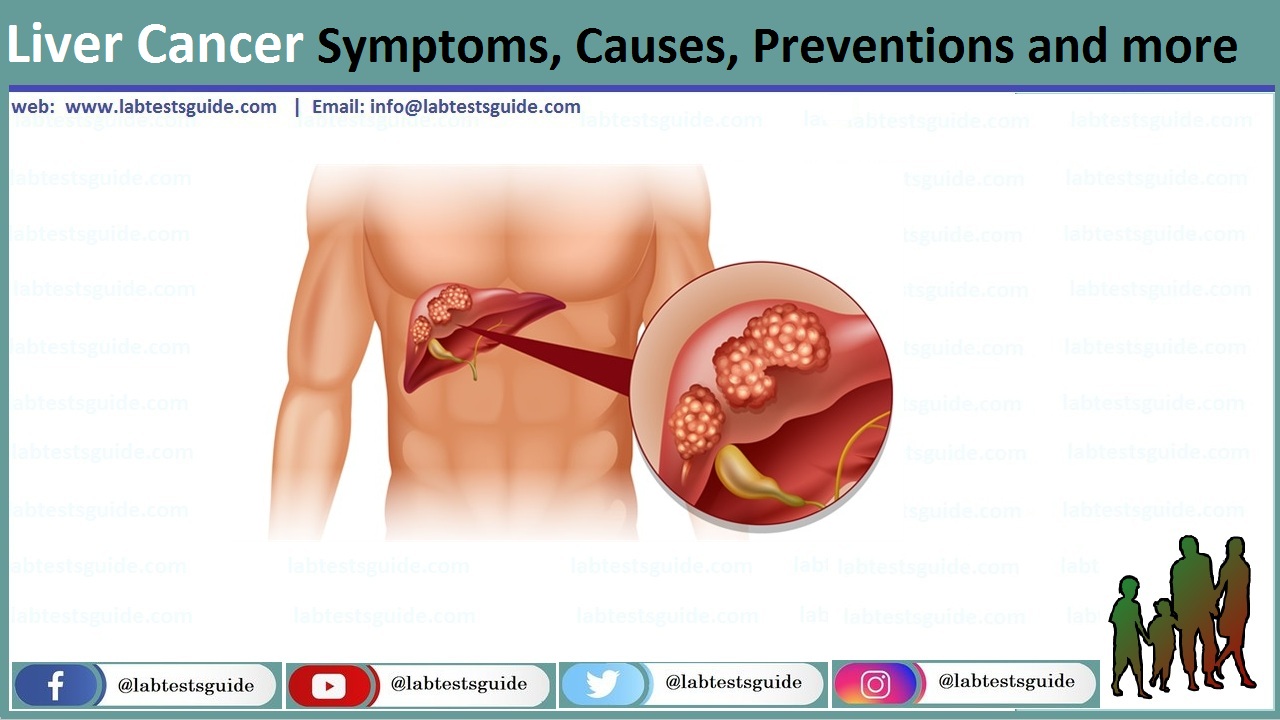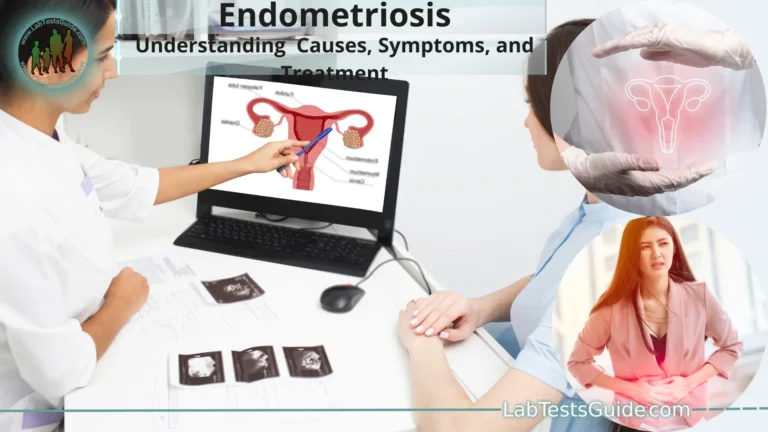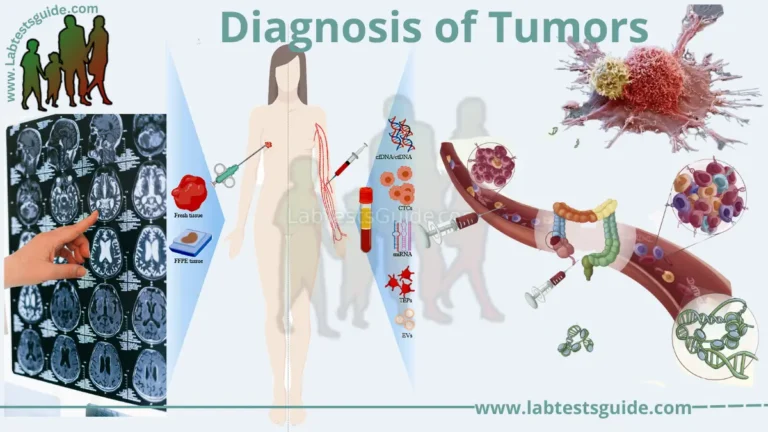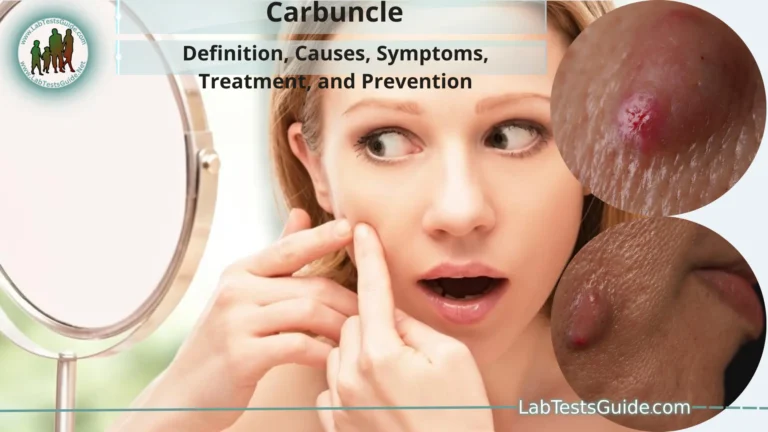Liver cancer is a cancer that starts in your liver cells. Your liver is the size of a football organ located in the upper right side of your abdomen, below your diaphragm, and above your abdomen.

Liver cancer is cancer that occurs in the liver. The liver is the largest gland organ in the body and performs a number of important functions to keep the body free of toxic and harmful substances. It is located in the upper right quadrant of the abdomen just below the ribs. The liver is responsible for the production of leaves, a substance that helps you digest fat, vitamins, and other nutrients. It also stores vital organs, such as glucose, so that they can be nourished when they are not eating. It also breaks down medicines and toxins. When liver cancer develops, it destroys liver cells and interferes with the liver’s ability to function normally.
Types of Liver Cancer:
The main Types of Liver Cancer are:
- Hepatocellular carcinoma:
Hepatocellular carcinoma (HCC), also known as hepatoma, is the most common type of liver cancer, accounting for 75% of all liver cancers. This condition develops in hepatitis, which is a major liver cell. It can spread from the liver to other parts of the body, such as the pancreas, intestines and stomach. HCC is likely to occur in people who suffer severe liver damage from alcoholism. - Cholangio carcinoma:
Collagenous carcinoma, commonly known as bladder cancer, develops into small liver-shaped bile ducts in the liver. To help digestion, these drains move the gallbladder to the pelvis. Bile duct cancer accounts for about 10 to 20% of all liver cancers. When cancer starts in the liver, it is called intra-hepatic bile duct cancer. When cancer starts in the duct section outside the liver, it is called extra-hepatic bile duct cancer. - Liver angiosarcoma:
Liver angiosarcoma is a rare form of liver cancer that begins in the blood vessels of the liver. This type of cancer develops very quickly, so it is usually diagnosed at a more advanced stage. - Hepatoblastoma:
Hepatoblastoma is the most unusual type of liver cancer. It is found in children, especially in children under 3 years of age. Through surgery and chemotherapy, Outlook can be great for people with this type of cancer. When hepatoblastoma is detected at an early stage, the survival rate is higher than 90%.
Symptoms:
Most people do not have symptoms and symptoms in the early stages of primary liver cancer. When symptoms and symptoms appear, they may include:
- Lose weight effortlessly
- Loss of appetite
- Upper abdominal pain
- Nausea and vomiting
- Common weakness and fatigue.
- Stomach upset
- The yellow color of your skin and the white of your eyes (jaundice)
- White, calculi stools
Causes:
- Liver cancer is when liver cells make changes (mutations) in your DNA. Cell DNA is the substance that guides every chemical process in your body. DNA mutations cause changes in these directions. One consequence of this is that cells begin to grow uncontrollably and eventually form a tumor in cancer cells.
- The cause of liver cancer is sometimes known, as is the case with chronic infection of hepatitis. But sometimes liver cancer is found in people without basic ailments, and it is unclear what causes it.
Risk Factors:
Factors that increase the risk of early liver cancer include:
- Chronic infection with HBV or HCV: Chronic infection with hepatitis B virus (HBV) or hepatitis C virus (HCV) increases the risk of liver cancer.
- Cirrhosis. This progressive and irreversible condition causes the formation of scar tissue in the liver and increases the chances of liver cancer.
- Some liver diseases have been inherited. Liver disorders that may increase the risk of liver cancer include hemochromatosis and Wilson’s disease.
- Diabetes. Patients with diabetes have a higher risk of developing liver cancer than diabetic patients.
- Non-alcoholic fatty liver disease. Accumulation of fat in the liver increases the risk of liver cancer.
- Exposure to aflatoxin. Aflatoxins are poisons produced by poisons that grow on crops that have poor storage. Crops, such as grains and nuts, can be contaminated with aflatoxin, which can end up in the food produced by these products.
- Excessive use of alcohol Moderate daily consumption of alcohol over many years can cause irreparable damage to the liver and increase the risk of liver cancer.
Preventions:
Liver cancer cannot always be prevented. However, it does reduce your risk of liver cancer by taking steps to prevent the development of conditions that can cause liver cancer.
- Reduces the risk of Cirrhosis :
Cirrhosis is a liver lesion and increases the risk of liver cancer. This can reduce the risk of your Cirrhosis if you:- Drink moderately, if so. If you choose to drink alcohol, limit the amount you drink. For women, this means not having more than one drink in a day. For men, this means that there are no more than two drinks a day.
- Maintain a healthy weight. If your current weight is healthy, work to maintain it by choosing a healthy diet and exercising most days of the week. If you need to lose weight, reduce the amount of calories you eat each day and increase your amount of exercise. Try to lose weight slowly: 1 to 2 pounds (0.5 to 1 kilogram) each week.
- Hepatitis B vaccine:
You can reduce your risk of hepatitis B by getting a hepatitis B vaccine. This vaccine can be given to almost anyone, including children, older adults, and those with a compromised immune system. - Take steps to prevent hepatitis C:
There is no vaccine for hepatitis C, but it can reduce your risk of infection.- Know the health status of any sexual partner. Do not have unprotected sex unless you are sure that your partner is not affected by HBV, HCV, or any other sexually transmitted infection. If you do not know your partner’s health, use a condom every time you have sex.
- Do not use anti-diarrhea (IV) medicines, but if you do, use clean injections. Reduce your risk of HCV by not injecting illegal drugs. But if this is not an option for you, make sure that every injection you use is sterile and does not share it. A common cause of hepatitis C infection is contaminated mercury. Take advantage of needle exchange programs in your community and consider getting help with your drug use.
- When you have piercing or tattoos, look for safe and clean stores. Needles that are not properly sterilized can spread the hepatitis C virus. Before piercing or tattooing, visit stores in your area and ask staff members how to protect them. If store employees refuse to answer your questions or take them seriously, indicate that the convenience is not right for you.
- Find a cure for hepatitis B or C infection:
Hepatitis B and hepatitis C infection treatments are available. Research shows that treatment may reduce the risk of liver cancer. - Ask your doctor about liver cancer screening:
For the general population, liver cancer screening has not been shown to reduce the risk of dying from liver cancer, and is generally not recommended. People with conditions that increase their risk of liver cancer may consider screening, such as those with:- Hepatitis B infection
- Hepatitis C infection
- Liver Cirrhosis
Diagnoses:
Tests and procedures used to diagnose liver cancer include:
- Blood tests. Blood tests can reveal abnormal liver function.
- Imaging tests. Your doctor may recommend imaging tests, such as ultrasound, CT scan, and MRI.
- Extraction of liver tissue samples for analysis. Sometimes for a definitive diagnosis of liver cancer it is necessary to remove a piece of liver tissue for a laboratory test.
During liver biopsy, your doctor inserts a thin needle into your skin and into your liver to get a tissue sample. In the laboratory, doctors examine the tissue under a microscope to detect cancer cells. Liver biopsy is prone to bleeding, outbreaks and infection.
Treatment:
Please Contact to your Health care Provider.
Possible References Used







3 Comments